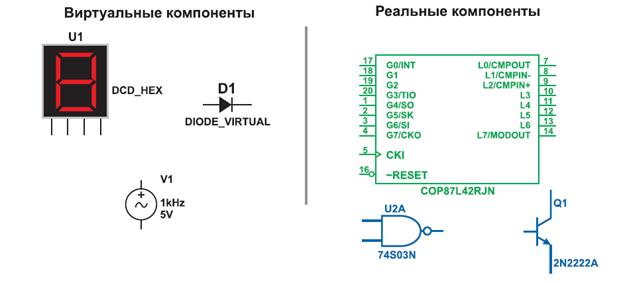Functionalist approach is a kind of cover term for the research of scholars who argue that the function or purpose of the TT is the most important criterion in any translation. Based on a traditional contrastive approach, which systematically contrasts and compares specific areas of language between the ST and the TT, referential equivalence seeks to reproduce the meaning of the words as symbols which refer to objects, events, abstracts, relations. Implicitly, such an approach is based on the assumption that normally one can imitate syntactic structures and semantic-lexical distributions fairly closely (Hönig 1998: 7). It is erroneous, however, to assume that one-to-one equivalents exist for all lexical items or sentence structures between any two languages (see Larson 1998: 97-107). Most recent contrastive studies are well aware of the difficulties encountered in such an approach, and introduce functionalist principles into contrastive approaches.
However, the beginning of a new approach, known as functionalism, is marked by Vermeer (1978) in terms of the skopos theory. He went one step further than Reiß by placing translation firmly in the context of sociolinguistic pragmatics. Texts, according to Vermeer, are produced for defined recipients and with a defined purpose (skopos). This general principle also obtains for translations, thus they are special-cases of text-bound pragmatic acts: One of the key notions to understanding his approach is Informationsangebot (information offered), which means that the source text should no longer be seen as the 'sacred original', and the purpose of the translation can no longer be deduced from the source text but depends on the expectations and needs of the target readers. In order to translate successfully, the translator has to get acquainted with the specific situation of the recipients of his/her translation in the target culture. (Hönig 1998: 9)
Translation equivalence is now defined in terms of the function or purpose which the original text intended to achieve in a specific communicative situation. As the result, the notion of equivalence involves far more complex terms than before. Translators do not just apply linguistic rules, nor is translation a purely linguistic activity. Knowledge and methods from other disciplines, notably psycholinguistics, sociolinguistics, communication studies, and even brain-physiology, are integrated into translation studies to describe the goals and activities (cf. Snell-Hornby 1988).




